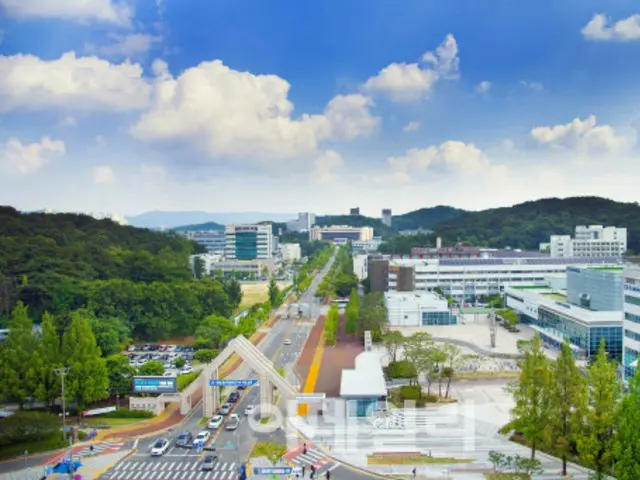Although the government is implementing strong innovations such as integrating universities, it is pointed out that a more fundamental solution is needed. According to the Ministry of Education, the National Statistical Office, and universities in the Chungcheong Province area, the school-age population (ages 6 to 99) this year is
The school-age population is expected to continue declining from 13,847,000 (34.3% of the total population) in 1984 to 3,770,000 (
The number of foreign residents is expected to fall to 8.9% of the total population in 2018. This is a decrease of 2.04 million people compared to 2014, ten years ago, when the number was 9.18 million people.
In the same period, the number of residents in Daejeon City went from 319,000 to 223,000, and the number of residents in Chungcho
The population of 18-year-olds who will be going to college this year is 13,605 in Daejeon and 19,709 in South Chungcheong Province.
In 2040, 16 years from now, these numbers are expected to fall to 7,516 and 11,430, respectively. In addition to the rapid decline in the school-age population, the trend of students attending universities in the metropolitan area is also driving students away from regional universities.
According to a document titled "Competition Rate for 2025" published by Jongno College, the average competition rate for universities in the provinces is 5.99 times, while the average competition rate for universities in Seoul is 1.99 times.
The average competition rate gap also rose from 14.67 times in 2021 to 18.74 times in 2025.
Daejeon, Sejong, South Chungcheong Province, North Chungcheong Province, and other Chungcheong Provinces
Of the 38 universities in the four cities and provinces, 20 have a competition rate of less than six to one, meaning they are struggling to attract new students and putting the survival of the universities in jeopardy.
In response to this, local universities have been abolishing departments, opening new departments, and merging majors.
In addition, universities are competing to be selected as one of 30 universities that will receive support from the government and local governments.
Not a single university has been selected as a recipient of support among the 41 universities in the Chungcheong-do region, including Sejong, Chungnam-do, and other areas.
Chungnam National University and Hanbat University were not included in the final selection by the Ministry of Education. The two universities were forced to dissolve their university merger plans due to internal disputes, including a lack of negotiating power and a battle of pride.
The university has also said it will try again to select a university for support next year by merging with other universities.
However, many people inside and outside the university are skeptical of the feasibility of the merger and the selection of universities to be supported. Local education experts say, "The school-age population is rapidly declining, and at the same time, the focus is on universities in the Seoul area.
"This phenomenon will become even more serious in the future," he said. "It is impossible to prevent local universities and departments that have lost their competitive edge from failing to attract new students and disappearing. However, the current students and faculty
"It is necessary to take into consideration the lives of employees and provide support for an exit strategy," they said. They added, "Universities should also be aware that the issue is not about merging with other universities or departments, but that this is a crisis for their survival."
2024/11/19 07:10 KST
Copyrights(C) Edaily wowkorea.jp 107

